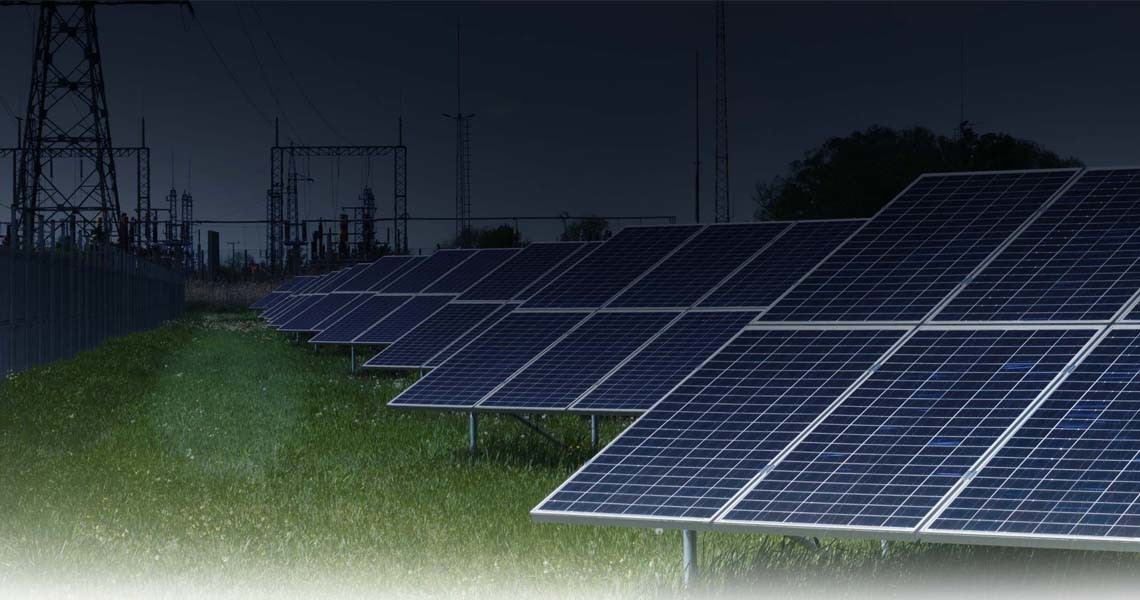
This post has been brought to you by our super generous supporters on patreon of all the renewable energy source we have to choose from. Solar power has by far the most potential to supply all of our energy needs for the foreseeable future. That’s because it’s practically infinite it comes from.
Oh I don’t know the Sun a giant fireball in the sky, and even though we’ve had the ability to harvest the power of the sun over a century. Now it hasn’t become efficient and cheap enough to compete with the fossil fuel industry until very recently
Now we’re in the midst of a solar power revolution that promises to change the world the same way the computers have.
Matt Weber tells the story of how solar power went from a pipe dream to the greatest power source ever probably.
For the first time ever the declining cost of solar power is putting it in direct competition with fossil fuels. In some parts of the world, solar power is even cheaper than oil and is expected to keep dropping, but the technology behind this energy revolution isn’t new at all.
Photovoltaic Effect
The creation of voltage or electric current in a material upon exposure to light.
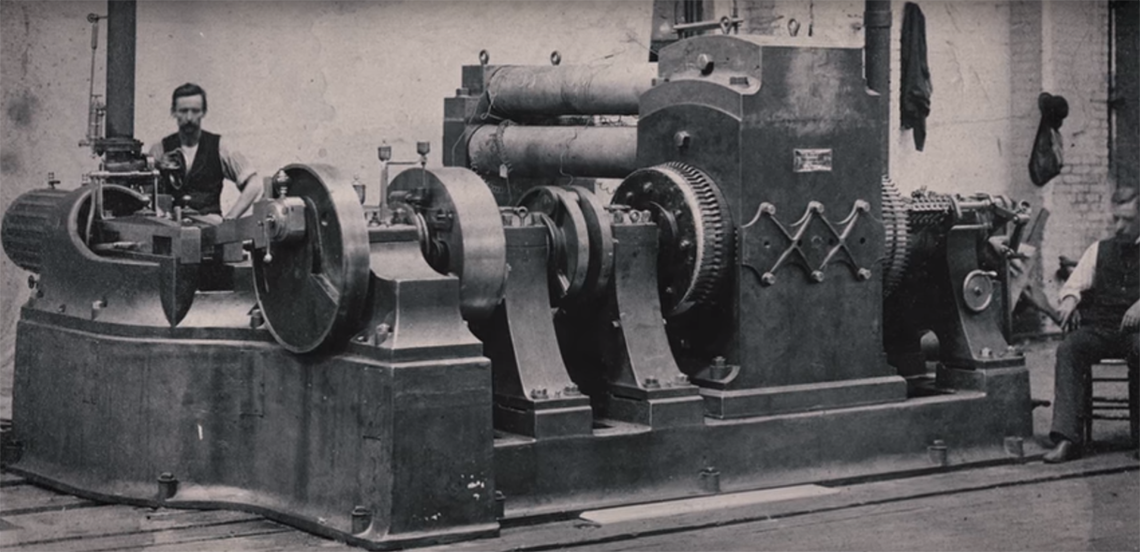
In fact, the first solar cell was created in 1883, only a year after, the first coal-fired power plant was built by Thomas Edison. Just a few decades earlier, it had been observed that an electrical current could be generated in some materials when exposed to sunlight. This was the photovoltaic effect if someone could harness this electricity can be generated with no fuel whatsoever, wherever the Sun was shining. But this early solar cell only converted about 1% of the sunlight falling on it into electricity, making it no match for Addison’s coal plant.
For the rest of the 19th century and much of the 20th, the dream of solar power would remain just that and fossil fuels would dominate our energy landscape. It wouldn’t be until the 1950s when solar cells have become efficient enough to be a reliable power source. Through their work, developing the silicon transistor which would lead to the electronics revolution.
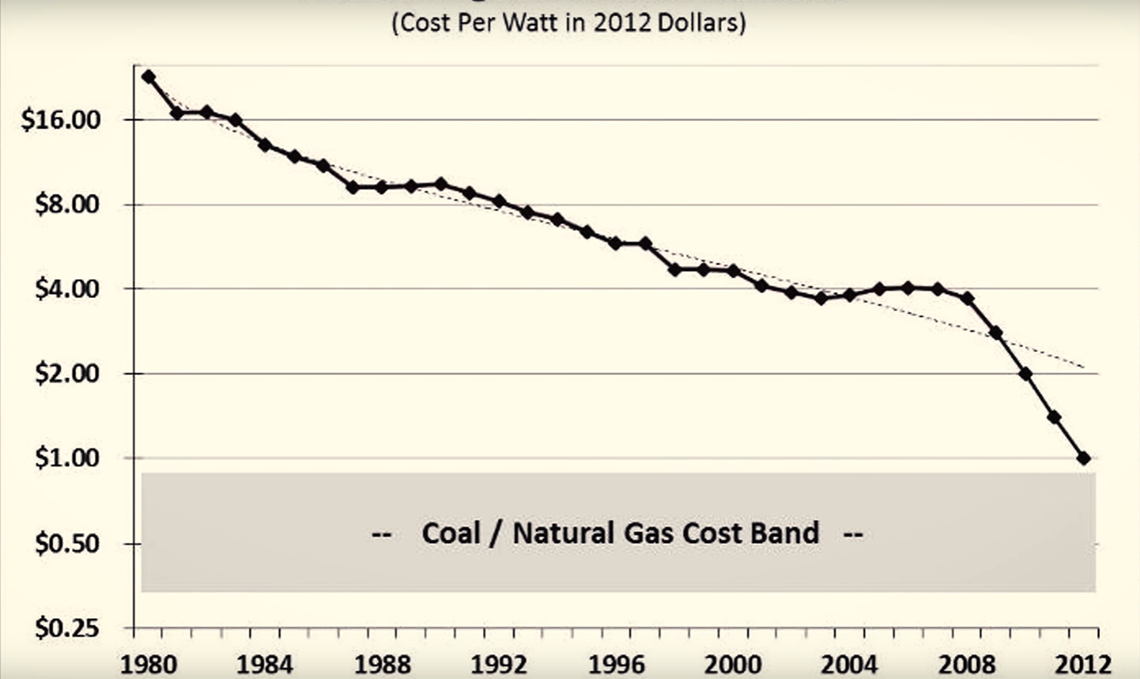
Bell Labs developed the first practical solar cell in 1954. NASA became one of the earliest consumers of these new and improved soil cells, and solar panels soon became commonplace on satellites and spacecraft, but the solar power broom were seeing today didn’t really take off, and tell the oil crisis of the late 70s. The scare city of fossil fuels and rising gas prices at the time motivated a whole new generation of entrepreneurs to envision a world where solar power could wean us off oil the attendant.
Swanson’s Law
The price of solar photovoltaic modules tends to drop 20% for every doubling cumulative shipped volume.
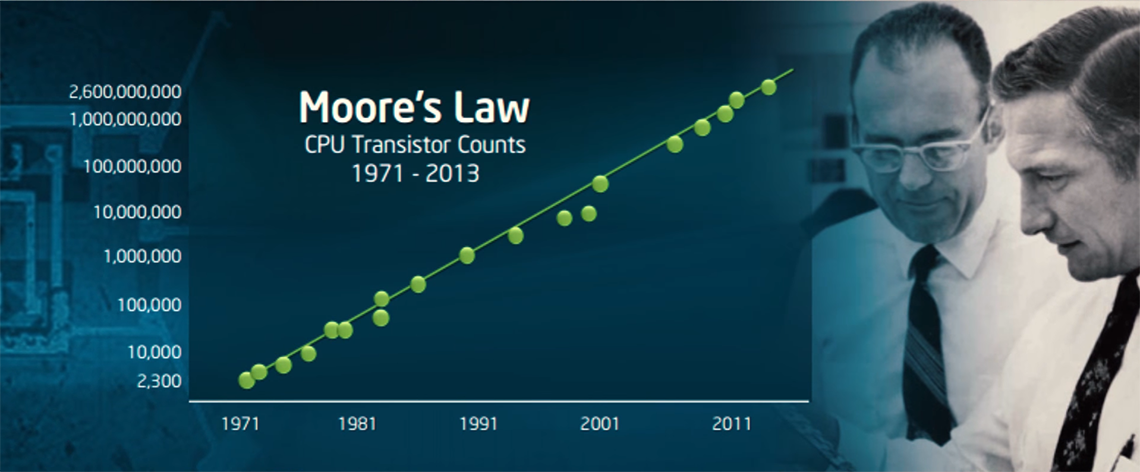
Richard Swanson was one of these entrepreneurs, after researching solar cell technology at Stanford. Richard Swanson founded his solar power company Sun power corporation in 1985. But he’s most well-known for the law that bears his name Swanson’s law. Swanson’s law states that solar panel prices will decline by 20%. Every time the capacity of the solar industry double, which basically means the more solar panels we make, the cheaper they get, and that is exactly what is happening now.
In 1977 the price of a solar panel per watt was about $76. Today in the US it hovers around 50 Cent’s. Commercial costs including all the setup and installation is just below $2, and it’s expected to be under $1 by 2020 by comparison the construction cost of a coal power plant. Generally, the least expensive power source are little over $2 per watt, and much of this price decrease has happened only in the last decade, and it hasn’t just decreased, it is plummeted looks like Moore’s Law which projected the exponential growth of computer processing power, Lawrence’s law projects the exponential growth of solar cells and the same exponential growth that put a computer in most of our pockets, is given as cheap practically infinite energy.
The price of solar power has dropped so precipitously and the growth of manufacturing has risen so fast. The International Energy Agency has had to consistently revise its estimates to keep up with the growth. All this growth means that solar power is reaching grid parity all around the world. Grid parity is the point at which the cost of an energy source become equal to or less than the localized cost of electricity. This figure varies from location to location, because the cost of electricity various.
Grid Parity
The point when the levelized cost of electricity (LCOE) for an energy source is less than or equal to the price of the purchasing power from the electricity grid.
Grid parity is an important benchmark because at the point where solar power becomes a financially feasible alternative to fossil fuels. Generally, if you live in a sunny place like Southern California, solar power is now just as cheap as fossil fuel, and if we want to slow climate change, we have to start burning less fossil fuel.
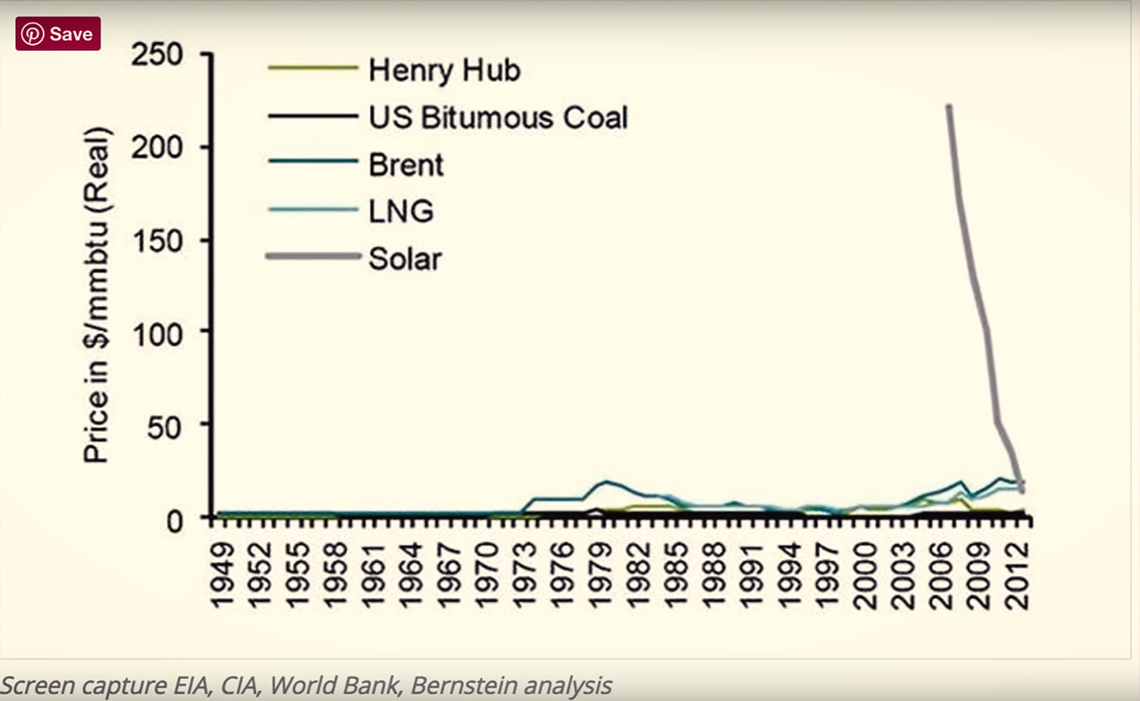
In 2011, Germany became one of the first countries in the world to reach grid parity with solar power. This is pretty astounding because Germany isn’t known for its funny weather. Heavy investment in solar power led to grid parity there, but countries all over the world are reaching grid parity without any government.
Right now, 20 US states are currently at grid parity for solar power. 22 more expected to reach that goal by 2020. That’s 42 states out of 50 that could start relying on solar power just as much as fossil fuel. Even the state that I live in Illinois is expected to reach grid parity soon, and I can tell you from experience that Illinois is not known for its funny weather.
There are some obvious drawbacks, for one although the power supply is free and linkless it is not always available, it could be cloudy or it could be night, but large capacity batteries could store electricity for use during the dark times, and we could always burn a little fossil fuel to fill in the gap. Even with an intermittent electricity supply widespread, solar would help ease the use of fossil fuel by significant amount.
Solar power requires no fuel, except for photons which are virtually infinite, it is carbon neutral, even carbon emitted in the manufacture of solar panel is offset by the carbon saved through the use of solar power over fossil fuel, and most solar photovoltaic systems have an estimated lifespan of 30 years or more. So not only changes where our energy comes from, but it has the potential to change how our energy is distributed. No longer will electricity have to be generated at massive central power station as Thomas Edison envisioned.
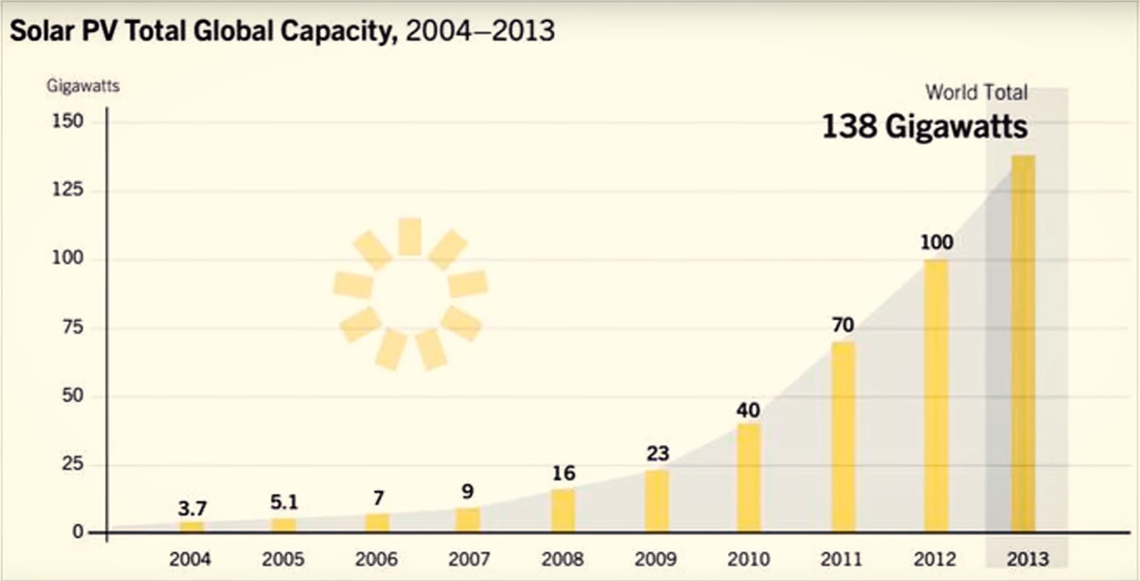
Solar panels can be set up right where the electricity is needed on the roof of your home or in the pavement of your Road. Individuals could own their own solar panels and generate electricity for themselves, or even sell excess energy back to the grid. Just as computers decentralized Communication and Information solar power could decentralize power generation. This could be especially useful in disaster areas or regions of the world with deteriorating power grids, or no grids all where people might have no other way of obtaining reliable electricity. It doesn’t require access to a mine or an oil field, after all the sunshine everywhere regardless of national boundaries and geography.
Solar power could not only empower the citizens of developed countries to take charge of their own energy generation. It could allow the millions of people on this planet who have never had electricity to finally have a cost-effective way of obtaining it. It’s hard to overstate the wide-ranging effects, so our revolution could have, after all we’re talking about the Sun here.
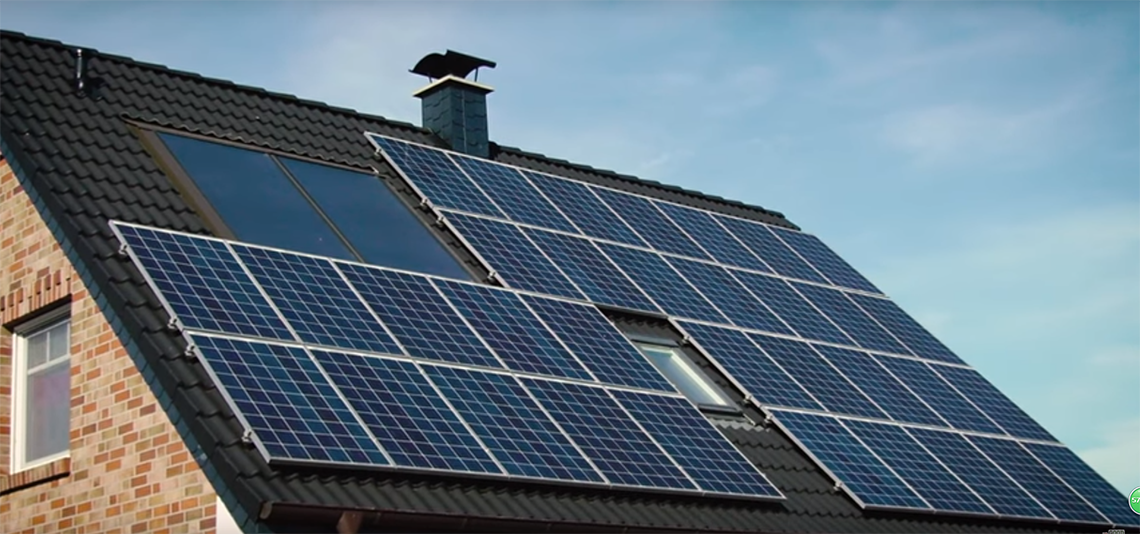
Even nuclear energy doesn’t hold the same potential energy reserves as our Sun, and the pursuit of nuclear fusion seems kind of redundant when you realize we already have a working fusion reactor right up in the sky providing us with more energy than we will ever need. While our energy future will always be powered by a variety of energy sources, and we’ll never be able to totally eliminate fossil fuels not in the short term anyway.
Solar power is the only energy option at our disposal that promises to give us clean energy from an unlimited source. This technological revolution is already underway and it’s been underway for over a hundred years now. But for decades Solar Power was stymied by high cost and poor efficiency, both those barriers are gone now. There is no reason to think that solar power couldn’t be as ubiquitous and as widely available as the sunlight that powered it. Whether it lives up to this potential depends solely on us.
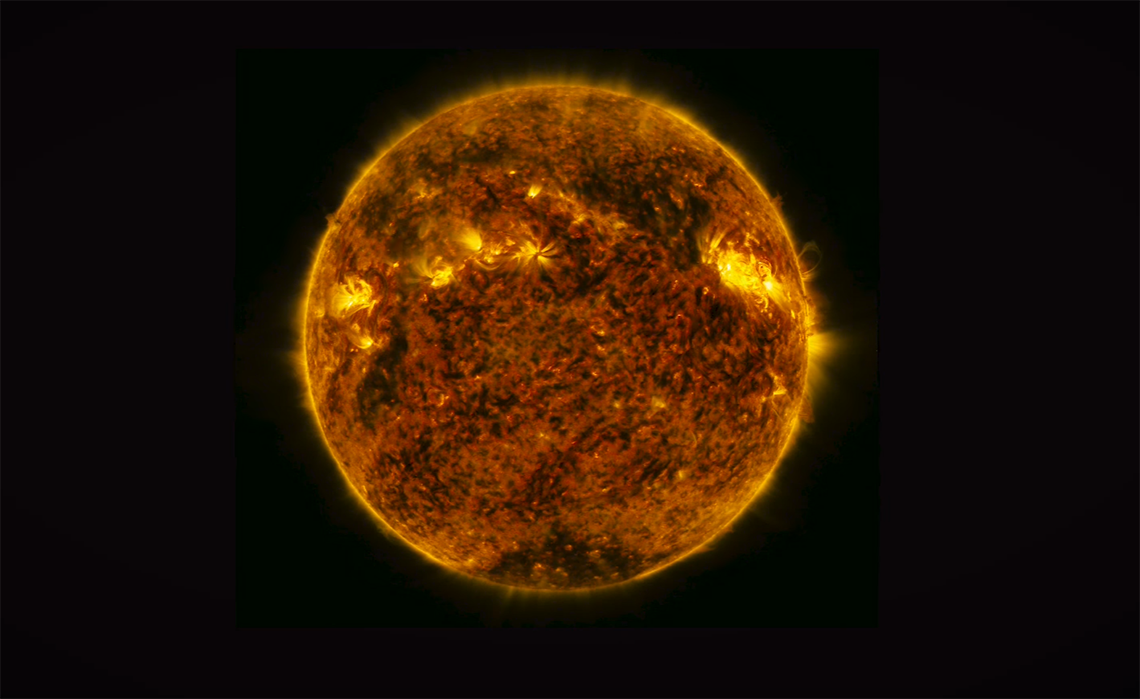
The Sun has been here for billions of years and it will continue to be here for billions of years after we’re long gone. Our time on this planet is a finite resource, but the choices we make now will determine whether or not it is renewable. So what do you think, are you going to start using solar LED light systems or maybe just going to continue your old lamps?





